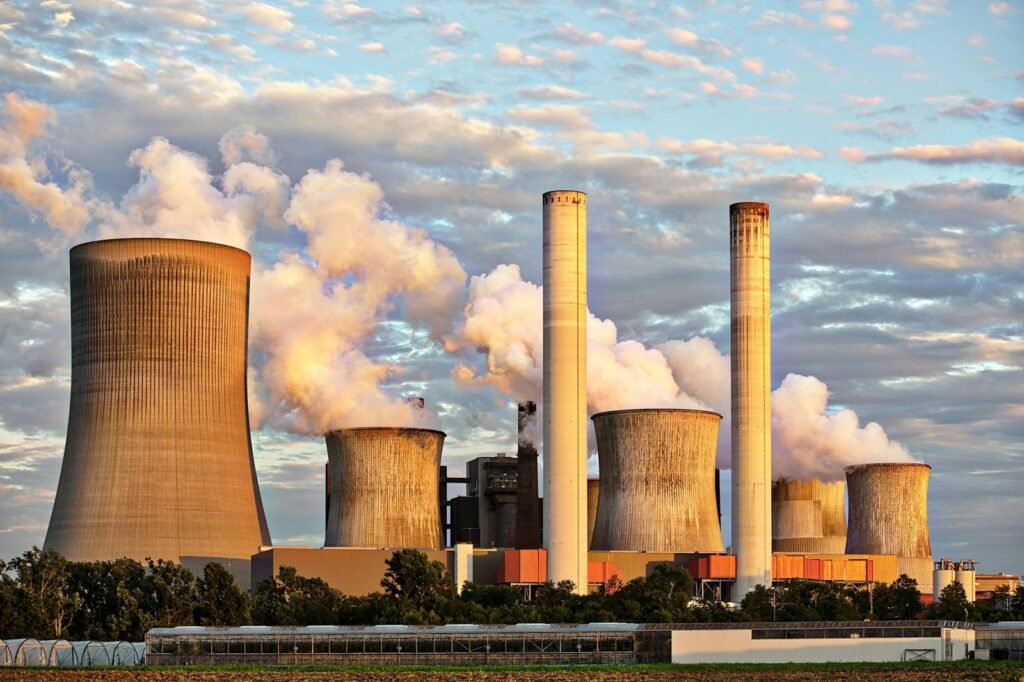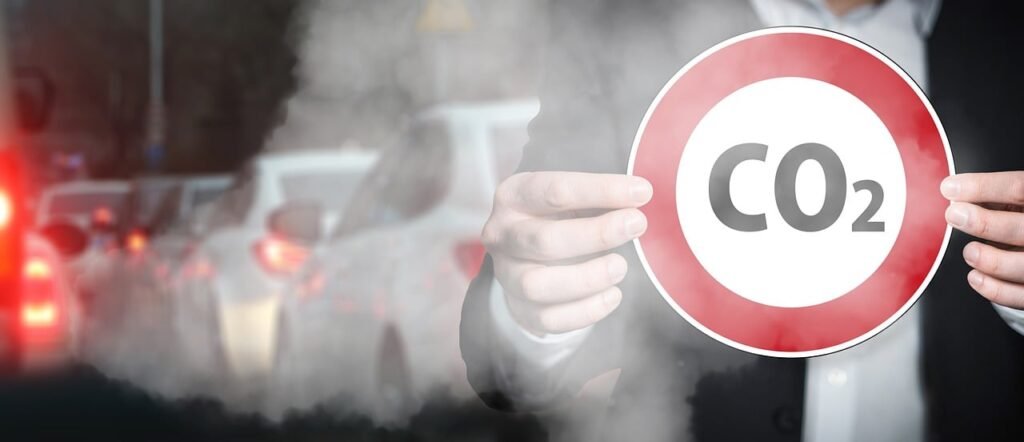Air pollution is a pervasive environmental issue affecting the health of humans, animals, and the planet. It involves the presence of harmful substances in the air we breathe, which can result from both natural sources and human activities. These pollutants can be gases, like carbon monoxide and sulfur dioxide, or particulates, such as dust and soot. The repercussions of air pollution extend beyond impaired visibility and unpleasant odors to serious health hazards and ecological imbalances. For animals, it can lead to habitat destruction and health issues, ultimately affecting biodiversity.
Sources of Air Pollution

The principal sources of air pollution are industrial activities, vehicular emissions, and energy production. Factories emit pollutants like sulfur dioxide and nitrogen oxides, while vehicles release carbon monoxide and volatile organic compounds (VOCs). Power plants, especially those burning fossil fuels, are major contributors to air quality degradation. Natural events like wildfires, volcanic eruptions, and dust storms also contribute significantly to air pollution, albeit less predictably.
Effects of Air Pollution on Animal Life

For animals, air pollution can be as detrimental as it is for humans. Pollutants can poison animal habitats, reduce the availability of food, and accumulate in their bodies, causing illnesses and reproductive issues. Birds, for instance, are highly susceptible to air pollutants due to their respiratory systems. Similarly, aquatic life is affected when pollutants settle in bodies of water, disrupting entire ecosystems. Domestic and farm animals can also suffer from respiratory problems and decreased productivity due to poor air quality.
Strategies for Combating Air Pollution

Addressing air pollution requires a multi-faceted approach that combines policy, technology, and individual efforts. Key strategies include regulatory measures, adoption of cleaner technologies, and lifestyle changes. Governments play a crucial role in creating stringent guidelines for emission reductions and enforcing environmental protection laws. Incentives for businesses to adopt cleaner technologies are crucial for reducing industrial emissions.
Technological Innovations

Technological innovations are indispensable in the fight against air pollution. Electric vehicles (EVs) offer a cleaner alternative to traditional combustion engines, significantly reducing vehicular emissions. Renewable energy sources, such as wind, solar, and hydroelectric power, are essential for decreasing reliance on fossil fuels. Additionally, advancements in air purification technologies, including filters and scrubbers, are being implemented across industries to curtail emissions.
Community and Individual Actions

Individuals and communities have a vital role in reducing air pollution. Simple changes, such as using public transport, carpooling, or cycling, can collectively make a significant difference in lowering emissions. Encouraging urban forestry and supporting policies for increased green spaces can help absorb pollutants and improve air quality. Educational campaigns to raise awareness about the effects of air pollution and ways to mitigate it can also inspire responsible behavior within communities.
Global Cooperation and Policy Making

Air pollution is a global challenge that transcends national boundaries, necessitating international cooperation. Treaties such as the Paris Agreement aim to bring nations together in a collective effort to reduce greenhouse gas emissions. Cross-border partnerships and initiatives, such as the International Day of Clean Air, foster collaboration and sharing of successful strategies to combat air pollution worldwide. Effective policymaking at international levels is crucial in setting comprehensive targets and ensuring compliance to protect the environment and biodiversity.
Conclusion: A Breath of Fresh Air

Combatting air pollution is essential for the health and survival of all living beings on the planet. By understanding the sources and impacts of air pollution, implementing technological innovations, and engaging in individual and collective actions, we can make strides towards cleaner air. Governments, industries, and individuals must collaborate and remain committed to sustainable practices that protect the environment and promote the well-being of humans and animals alike. Through dedicated efforts, a future exists where clean air is not a luxury, but a guaranteed right for every inhabitant of Earth.




